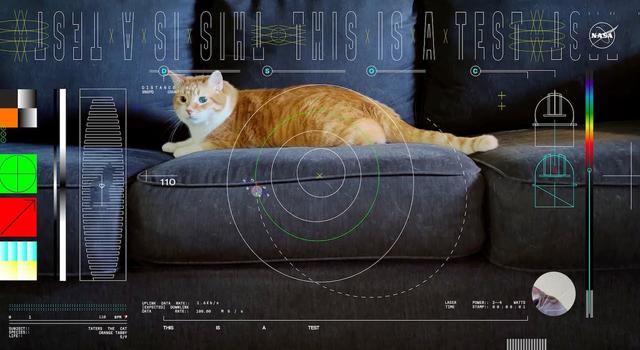Teachable Moments | January 29, 2024
The NASA Cat Video Explained
Find out how the now famous video beamed from space, showing a cat chasing a laser, marked a milestone for space exploration, and find resources to engage students in related STEM learning.
You may have seen in the news last month that NASA beamed a cat video from space. It was all part of a test of new technology known as Deep Space Optical Communications. While the video went down in cat video history, the NASA technology used to transmit the first ultra-high-definition video from deep space also represented a historic advancement for space exploration – the potential to stream videos from the Moon, Mars, and beyond.
Read on to learn how this new technology will revolutionize space communications. Then, explore STEM learning resources that will get students using coding, math, and engineering to explore more about how NASA communicates with spacecraft.
Why did NASA beam a cat video from space?
Communicating with spacecraft across the solar system means sending data – such as commands, images, measurements, and status reports – over enormous distances, with travel times limited by the speed of light. NASA spacecraft have traditionally used radio signals to transmit information to Earth via the Deep Space Network, or DSN. The DSN is made up of an array of giant antennas situated around the globe (in California, Spain, and Australia) that allow us to keep in contact with distant spacecraft as Earth rotates.
When scientists and engineers want to send commands to a spacecraft in deep space, they turn to the Deep Space Network, NASA’s international array of giant antennas. | Watch on YouTube
Although sending transmissions using radio frequencies works well, advances in spacecraft technology mean we're collecting and transmitting a lot more data than in the past. The more data a spacecraft collects and needs to transmit to Earth, the more time it takes to transmit that data. And with so many spacecraft waiting to take their turn transmitting via the DSN's antennas, a sort of data traffic jam is on the horizon.
This interactive shows a real-time simulated view of communications between spacecraft and the DSN. Explore more on DSN Now
To alleviate the potential traffic jam, NASA is testing technology known as optical communications, which allows spacecraft to send and receive data at a higher information rate so that each transmission takes less of the DSN’s time.
The technology benefits scientists and engineers – or anyone who is fascinated by space – by allowing robotic spacecraft exploring planets we can't yet visit in person to send high-definition imagery and stream video to Earth for further study. Optical communications could also play an important role in upcoming human missions to the Moon and eventually to Mars, which will require a lot of data transmission, including video communication.
But why transmit a video of a cat? For a test of this kind, engineers would normally send randomly generated test data. But, in this case, to mark what was a significant event for the project, the team at NASA's Jet Propulsion Laboratory worked with the center's DesignLab to create a fun video featuring the pet of a JPL employee – a now famous orange tabby named Taters – chasing a laser. The video was also a nod to the project's use of lasers (more on that in a minute) and the first television test broadcast in 1928 that featured a statue of the cartoon character Felix the Cat.
This 15-second ultra-high-definition video featuring a cat named Taters was streamed via laser from deep space by NASA on Dec. 11, 2023. | Watch on YouTube
How lasers improve spacecraft communications
The NASA project designed to test this new technology is known as Deep Space Optical Communications, or DSOC. It aims to prove that we can indeed transmit data from deep space at a higher information rate.
To improve upon the rate at which data flows between spacecraft and antennas on Earth, DSOC uses laser signals rather than the radio signals currently used to transmit data. Radio signals and laser signals are both part of the electromagnetic spectrum and travel at the same speed – the speed of light – but they have different wavelengths. The DSOC lasers transmit data in the near-infrared portion of the electromagnetic spectrum, so their wavelength is shorter than radio waves, and they have a higher frequency.
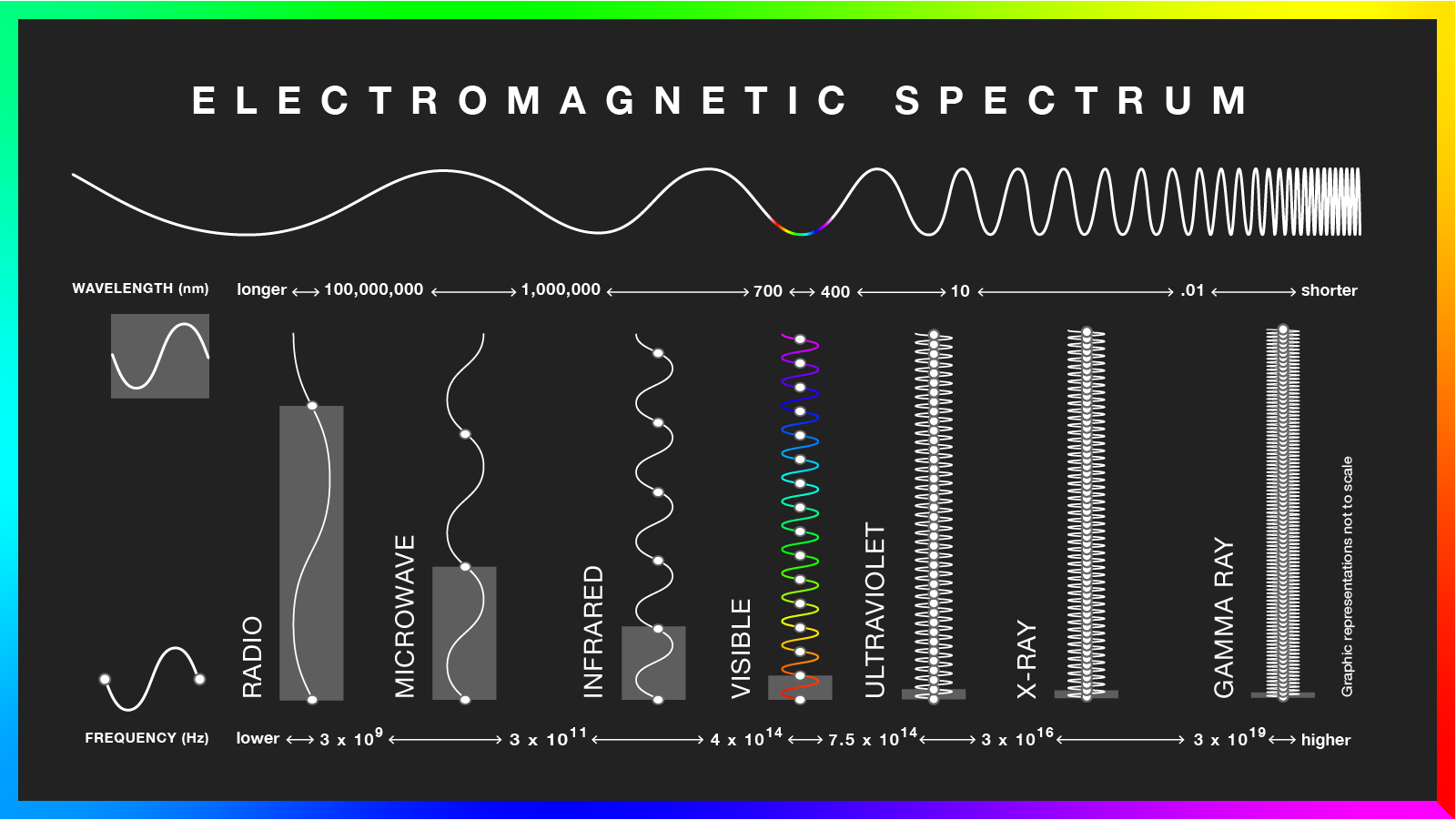
This chart compares the wavelength and frequency range of each kind of wave on the electromagnetic spectrum. Note: The graphic representations are not to scale. Image credit: NASA/JPL-Caltech | + Expand image | › Download low-ink version for printing
Since there are more infrared than radio wavelengths over a particular distance, more data can be sent over the same distance using infrared. And since the speed of infrared and radio waves is equal to the speed of light, this also means that more data can be sent in the same length of time using infrared.
As a result, DSOC’s maximum information rate is around 267 megabits per second (Mbps), faster than many terrestrial internet signals. At that high data rate, the 153.6 megabit cat video took only 0.58 seconds to transmit and another 101 seconds to travel the 19 million miles to Earth at the speed of light. Instead, if we had sent the cat video using Psyche's radio transmitter, which has a data rate of 360 kilobits per second, it would have taken 426 seconds to transmit the video, plus the same speed-of-light travel time, to get to Earth.
Here's how DSOC aims to revolutionize deep space communications. | Watch on YouTube
This kind of spacecraft communications isn't without its challenges. Accurately pointing the narrow laser beam is one of the greatest challenges of optical communications.
DSOC consists of a "flight laser transceiver" aboard the Psyche spacecraft – which is currently on its journey to study the asteroid 16-Psyche – and a receiving station on Earth. The flight transceiver is a 22-centimeter-diameter apparatus that can both transmit and receive signals. Its maximum transmitter strength is a low 4 Watts. For the December 2023 test, a 160-Watt beacon signal was transmitted to the DSOC flight transceiver by a 1-meter telescope located at JPL's Table Mountain facility near Wrightwood, California. This beacon signal was used by the Psyche spacecraft as a pointing reference so it could accurately aim the DSOC transceiver at the Earth receiving station – the 5-meter Hale telescope at Caltech’s Palomar Observatory near San Diego.
This animation shows how DSOC's laser signals are sent between the Psyche spacecraft and ground stations on Earth - first as a pointing reference to ensure accurate aiming of the narrow laser signal and then as a data transmission to the receiving station. | Watch on YouTube
When the DSOC laser beam encounters Earth, it is much narrower than a radio signal transmitted from the same distance. In fact, the laser beam is only a few hundred kilometers wide when it reaches Earth, in sharp contrast with an approximately 2.5-million-kilometer-wide radio signal. This narrow beam must be pointed accurately enough so it not only intersects Earth, but also overlaps the receiving station. To ensure that the beam will be received at Palomar Observatory, the transmission must be aimed not directly at Earth, but at a point where Earth will be in its orbit when the signal arrives after traveling the great distance from the spacecraft.
What's next for laser communications
Engineers will do additional tests of the DSOC system as the Psyche spacecraft continues its 2.2-billion-mile (3.6-billion-kilometer) journey to its destination in the asteroid belt beyond Mars. Over the next couple of years, DSOC will make weekly contacts with Earth. Visit NASA's DSOC website to follow along as NASA puts the system through its paces to potentially usher in a new means of transmitting data through space.
How does the cat video relate to STEM learning?
The DSOC project provides a wonderful opportunity to help students understand the electromagnetic spectrum and learn about real-world applications of STEM in deep space communications. Try out these lessons and resources to get students engaged.
Educator Resources
-
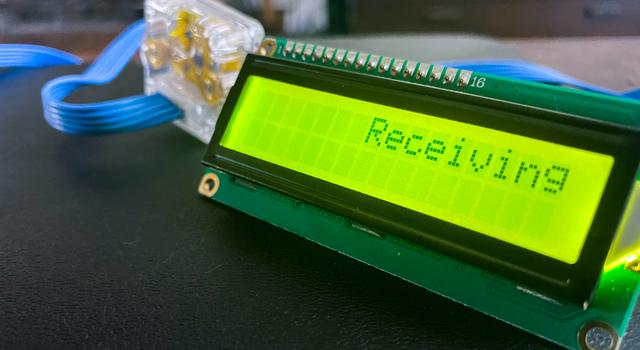 Collection
CollectionDSOC Lessons for Educators
Get students learning more about optical communications with these standards-aligned coding, engineering, and math lessons.
-
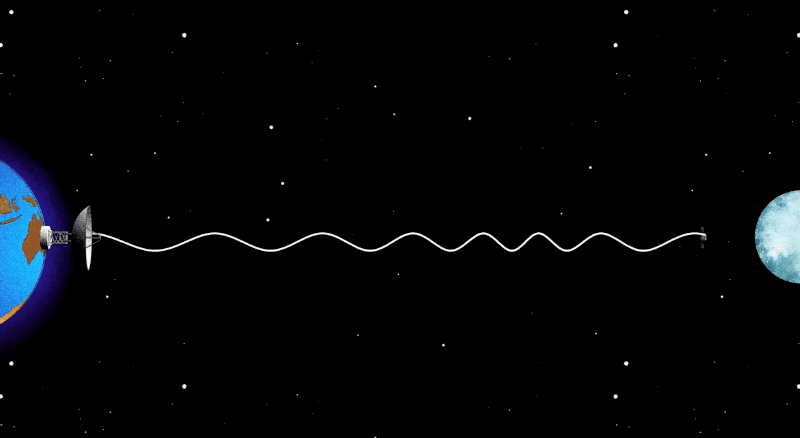 Collection
CollectionSpace Communications Lessons for Educators
These standards-aligned lessons get students using math and engineering to learn how NASA communicates with distant spacecraft.
-
 Collection
CollectionLight and Optics Lessons for Educators
Explore our collection of standards-aligned STEM lessons all about light and optics.
-
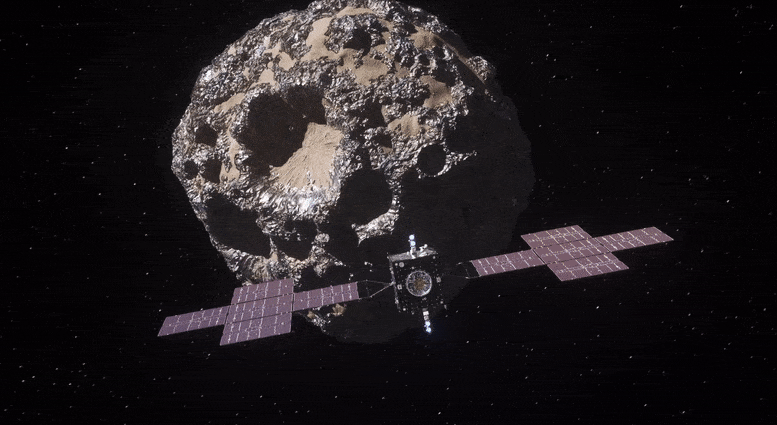 Teachable Moment
Teachable MomentAsteroid Mission Aims to Explore Mysteries of Earth's Core
Explore how NASA's Psyche mission aims to help scientists answer questions about Earth and the formation of our solar system. Then, make connections to STEM learning in the classroom.
-
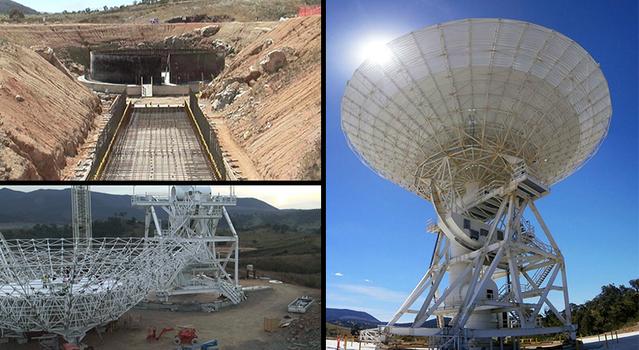 Expert Talk
Expert TalkTeaching Space With NASA – Engineering the Deep Space Network
NASA experts talk about the system of antennas that make up the Deep Space Network and how it's used to communicate with distant spacecraft and collect science.
-
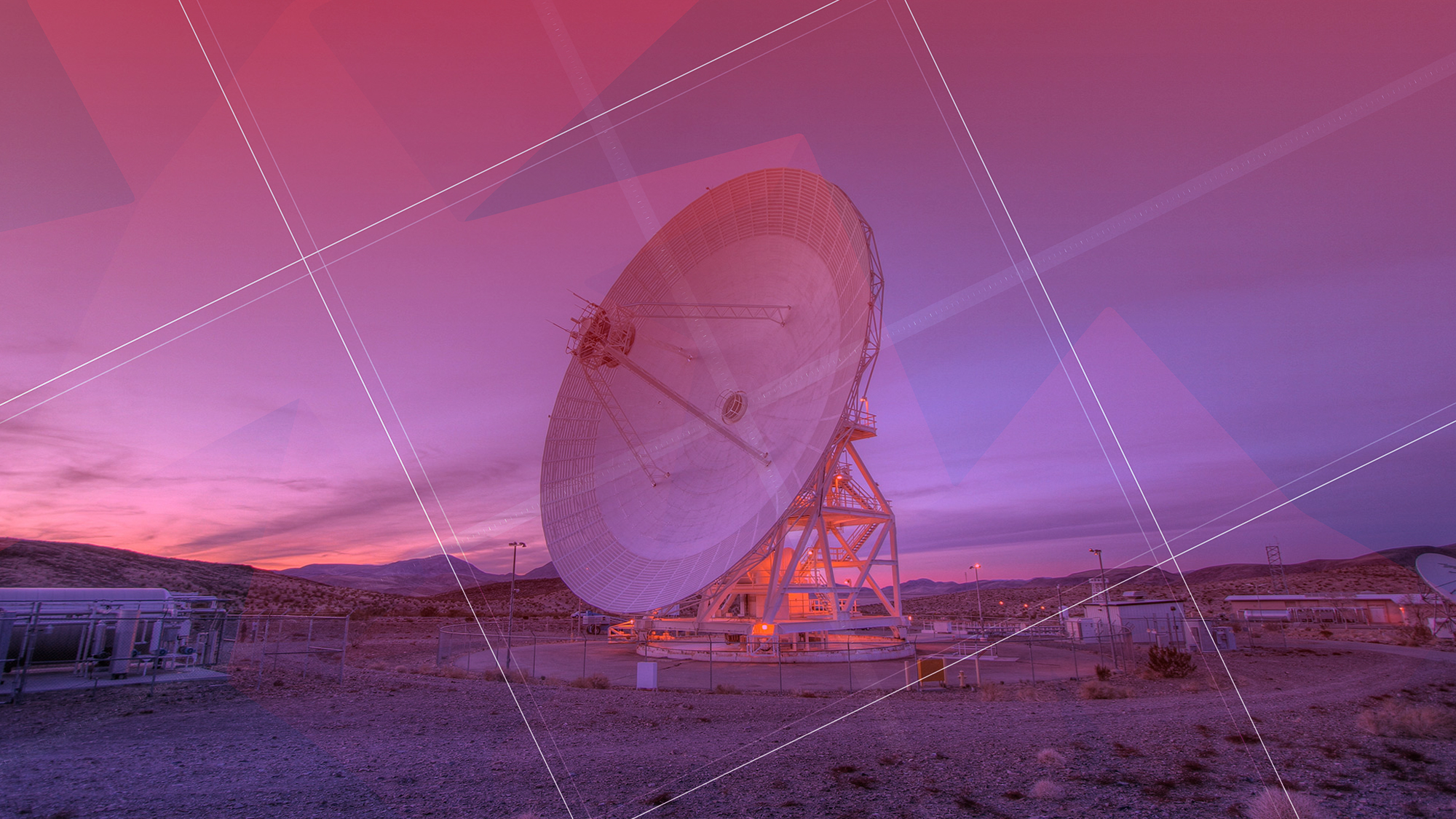 Expert Talk
Expert TalkTeaching Space With NASA en Español – La Red del Espacio Profundo de NASA
Un bosquejo de su importancia para la exploración del universo; un esfuerzo en busca de descubrimientos beneficiosos para la humanidad.
Student Resources
-
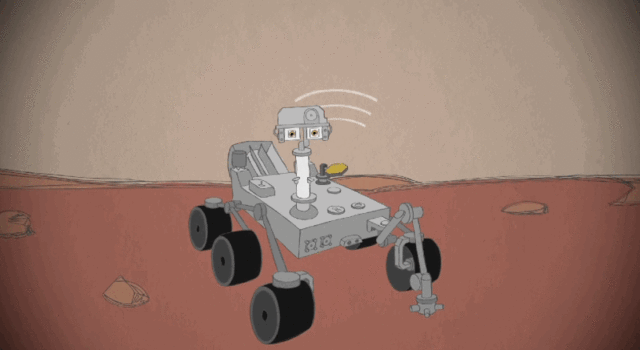 Collection
CollectionSpace Communications Activities for Students
Explore videos and projects for students about the ways NASA communicates with distant spacecraft.
-
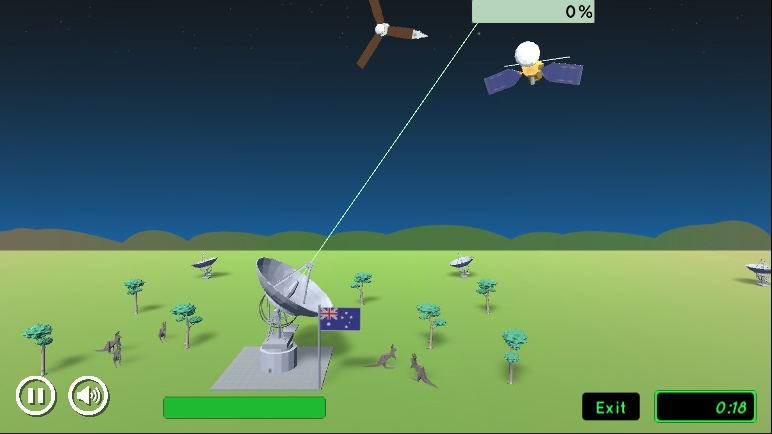 Game
GamePlay DSN Uplink-Downlink
In this game you’ll use these big antennas to send information to — and receive information from — NASA’s robotic explorers in the solar system and beyond.
-
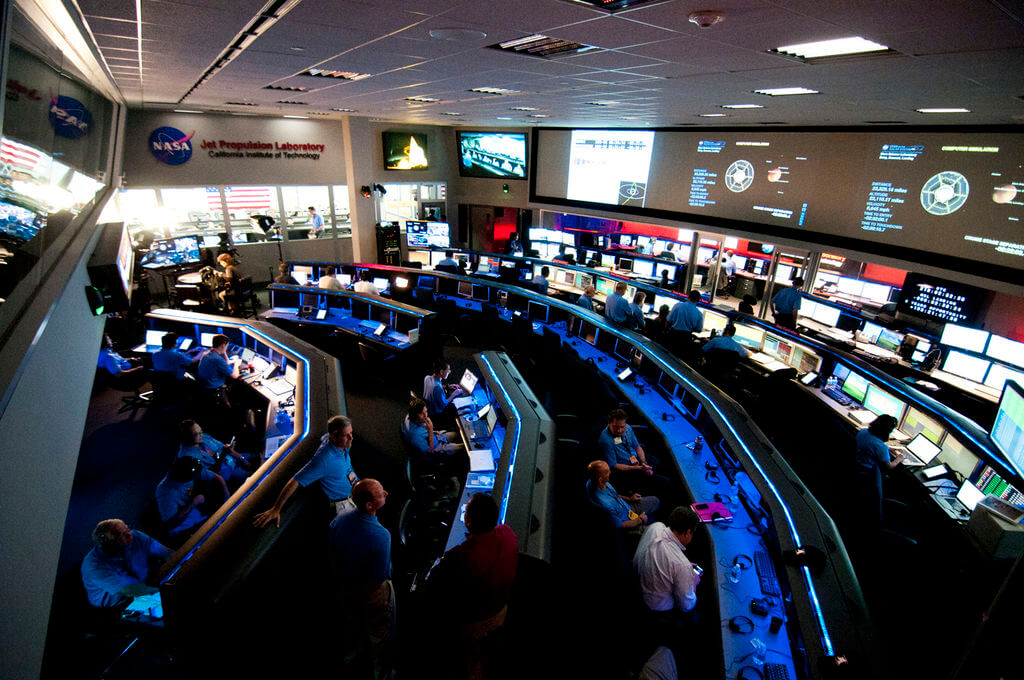 Student Article
Student ArticleHow Does NASA Communicate With Spacecraft?
Get the answer in this article from NASA Space Place.
Explore More
Multimedia
- Image: Explaining the First Ultra-HD Video Sent From Deep Space via Laser
- Public Talk: A Day in the Life of the Deep Space Network
- Infographic: NASA Deep Space Network: Celebrating 50 Years of Communication and Discovery
- JPL Space Images: Deep Space Network
Interactives
Downloads
Websites
- NASA: Deep Space Optical Communications (DSOC)
- NASA: Deep Space Network (DSN)
- NASA Science: Psyche Mission
Articles
- JPL News: NASA's Tech Demo Streams First Video from Deep Space via Laser
- JPL News: 5 Things to Know About NASA's Deep Space Optical Communications
- JPL News: Deep Space Network
TAGS: K-12 Education, Educators, Students, Learning Resources, Teaching Resources, DSOC, DSN, Deep Space Network




